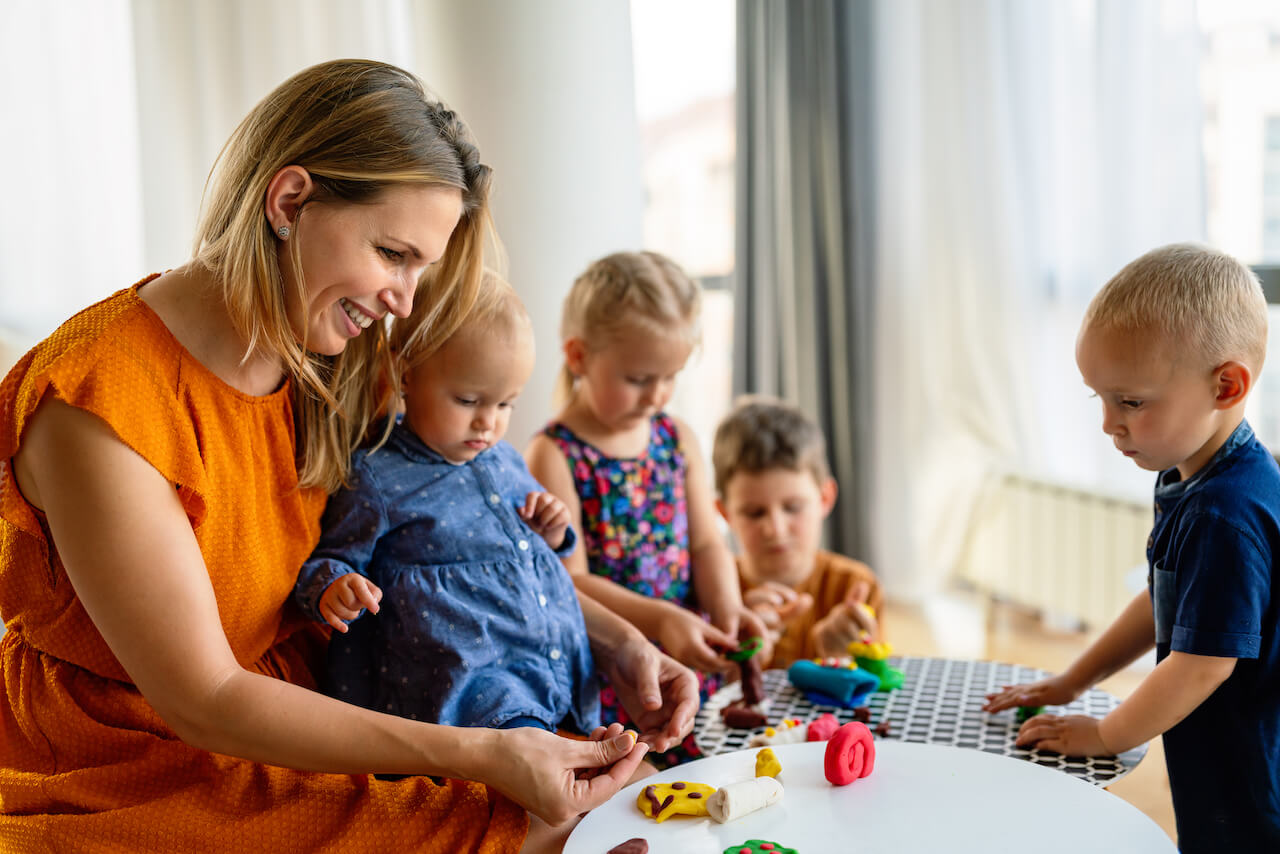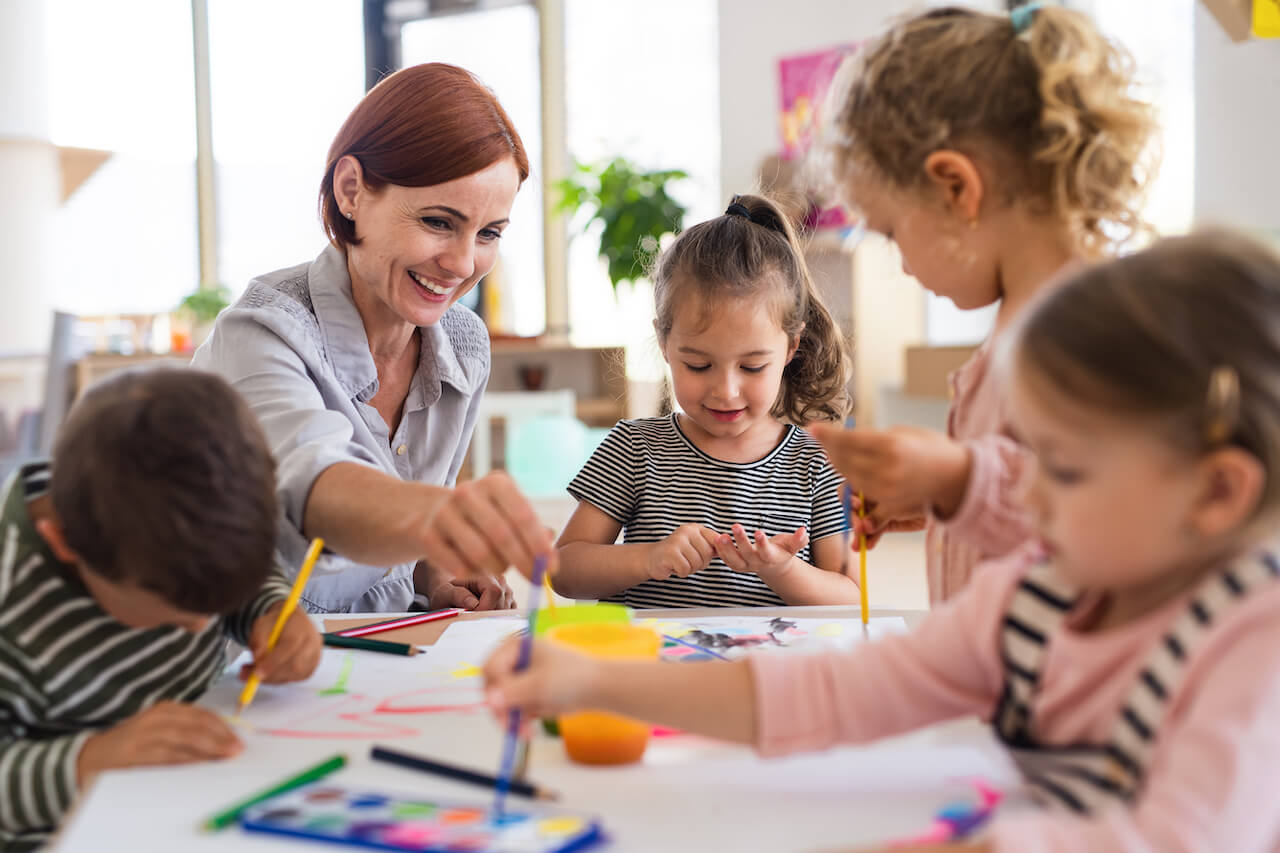The first day at preschool is often very special and exciting for children and their parents. For the parents, settling in to the preschool marks the beginning of a new phase of life, while the children have to find their way in an unfamiliar environment. A successful familiarisation is therefore of great importance to ensure a pleasant start to preschool. Thanks to their experience, educators can support parents and children in making the introduction to preschool as positive as possible. The familiarisation phase basically describes the gentle introduction of a child to life at the preschool. They get to know their teachers as new caregivers and familiarise themselves with the daily routine at the preschool. They meet other children, make new contacts and find their place in the group. In many cases, the presence of a parent helps the children to explore their new surroundings so that they later have enough courage to stay in the preschool on their own. The process and success of settling in to the preschool depends heavily on the character of the child and the transition must be organised individually with a great deal of patience and care.

The duration of the familiarisation process is highly dependent on the individual character and age of the child and cannot be determined in general terms. Some children are ready to leave their parents after just a few days, while very parent-centred children can take several weeks to feel comfortable in the preschool. Different familiarisation models also differ in terms of duration and take between two and four weeks to successfully complete the familiarisation process. It is important that the child takes centre stage as an individual and that parents allow enough time for the child to settle in at preschool so as not to put the child under pressure.
There are two main familiarisation models used in Germany: the Berlin model and the Munich model. Both familiarisation models aim to successfully welcome and integrate a child into the preschool within days to weeks and make them feel safe. In principle, both models are geared towards the familiarisation of children under the age of three, but can be adapted and modified to suit individual needs. In all cases, parents are invited to an information meeting before the start of childcare and informed about the advantages of the model used.
The Berlin model for preschool familiarisation focuses on making the process as simple and natural as possible for the child and consists of four steps that build on each other. It is based on scientific findings from brain and attachment research.
The Munich familiarisation model is a further development of the Berlin model, with special consideration of the so-called transition approach. This ascribes particular relevance to the group of children during the familiarisation phase. In this model, the integration into the preschool is divided into five phases:
You can find tips and an example of a successful development discussion in a preschool in our blog post “Development talk in the preschool: preparation & procedure incl. checklist”.
The settling-in period is finally complete when the child feels comfortable and safe in the preschool and has established a bond with the teachers and the other children. There is no universal time frame for this – even when settling in according to a model – as each child is individual and needs a different amount of time to get used to the new environment. As a rule, the familiarisation process is finally completed after several months.
In addition to the normal integration process according to one of the models presented, educators and parents can support the child even better with these tips:
Despite the best efforts made to integrate children into the preschool, it can happen that children cannot be calmed down by the teachers even after a long familiarisation period. In this case, teachers and parents should enter into dialogue and find a solution together. In the event of a failed settling-in period, it may be advisable to wait a few months before making another attempt. In the meantime, parents and children can practise gaining trust in other caregivers. For example, by leaving their child alone with familiar people – such as grandparents or close friends – for a while.

–